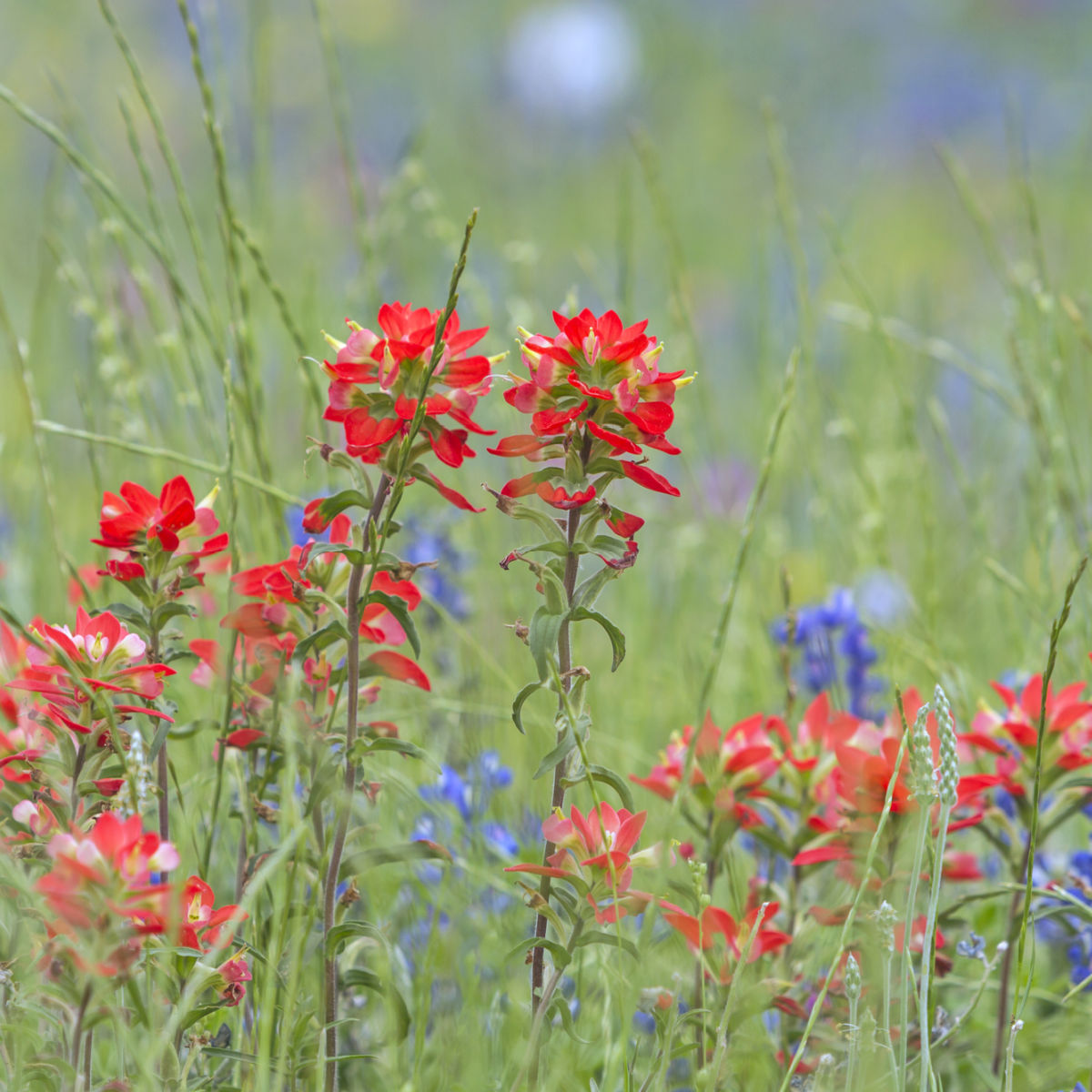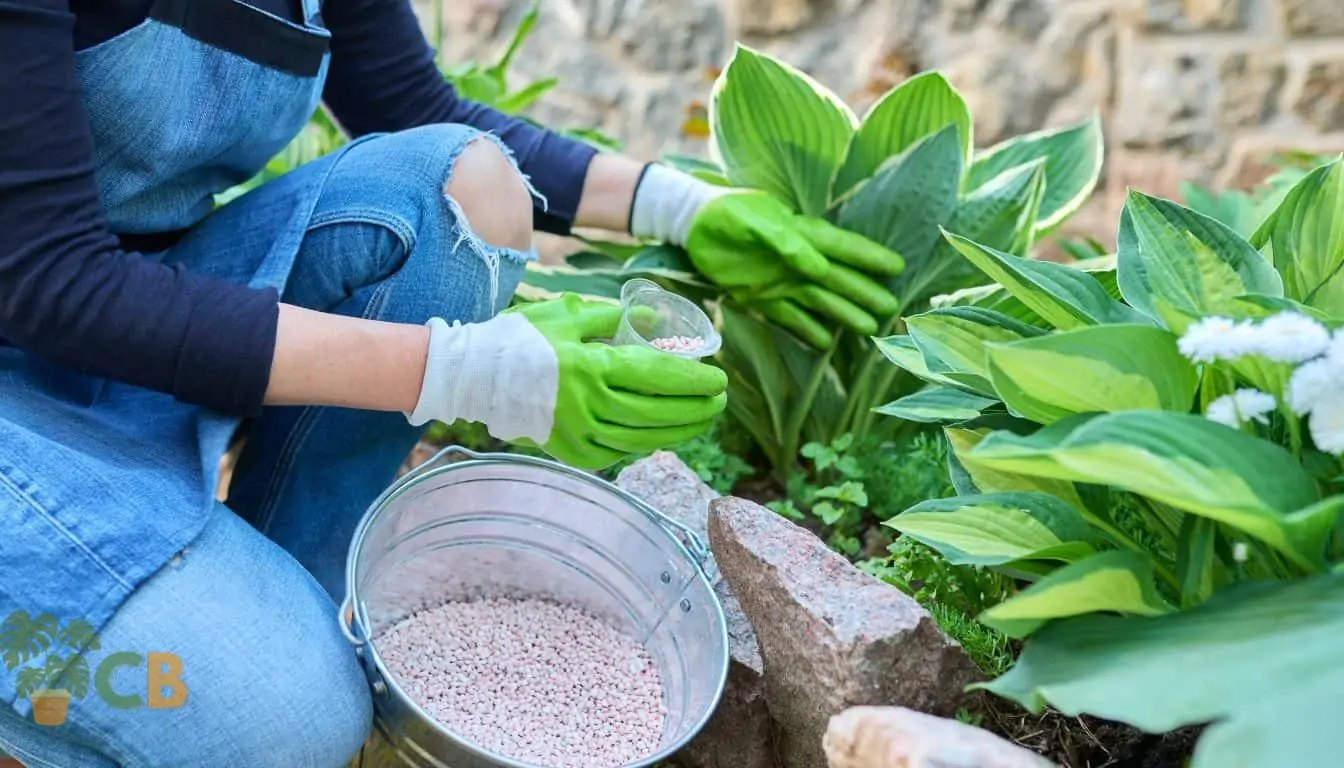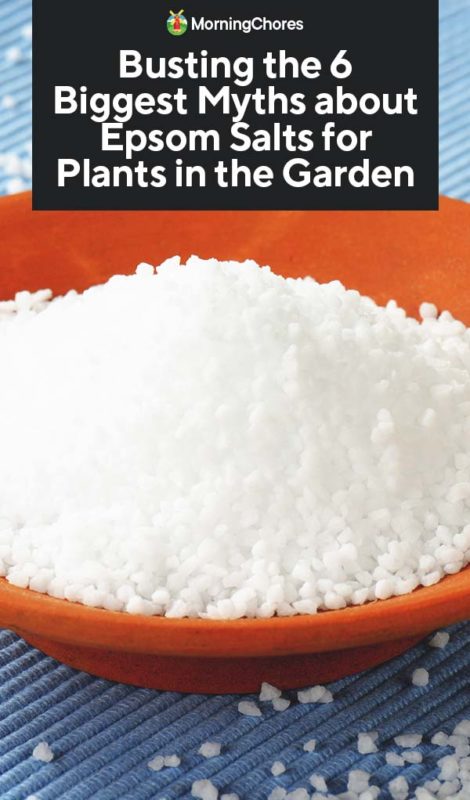What Plants Don't Like Epsom Salt? Tips for Much Better Plant Treatment
What Plants Don't Like Epsom Salt? Tips for Much Better Plant Treatment
Blog Article
Find Out About the Details Plants That Are Adversely Affected by Epsom Salt Application
Epsom salt, a preferred home remedy for various horticulture troubles, is commonly praised for its advantageous impacts on plant development. Not all plants react favorably to its application. Understanding the details plants that can be negatively affected by Epsom salt is important for any type of gardener aiming to enhance their plant treatment routine. Roses, tomatoes, peppers, azaleas, and rhododendrons are just a few examples of plants that may not respond well to Epsom salt. The reasons behind these negative results and just how to reduce them are essential expertise for preserving a growing yard.
Roses

Roses, especially sensitive to adjustments in their atmosphere, can be negatively affected by the application of Epsom salt. While Epsom salt is generally utilized as a plant food to promote plant development and enhance flowering, roses are among the plants that do not respond well to its application. The high magnesium material in Epsom salt can hinder the uptake of other crucial nutrients by the rose plants, bring about shortages that materialize as yellowing fallen leaves or stunted growth.

Tomatoes
While Epsom salt is usually touted as a remedy for different plant concerns, including blossom end rot in tomatoes, its application can lead to detrimental results if not made use of judiciously. Too much Epsom salt, which is magnesium sulfate, can interrupt the fragile nutrient equilibrium required by tomatoes, possibly leading to deficiencies in other essential nutrients like calcium. When considering the usage of Epsom salt on tomatoes, it is crucial to stick to recommended application prices and dirt screening to protect against unplanned effects on the overall wellness and productivity of these cherished garden plants.
Peppers
Peppers, revered for their numerous shades and levels of spiciness, can demonstrate vulnerability to unfavorable impacts from Epsom salt when not used with care and consideration for their particular dietary demands. what plants don't like epsom salt. Peppers, belonging to the Solanaceae household, require a delicate balance of nutrients to flourish. While Epsom salt is recognized to increase magnesium degrees in plants, excessive application can disrupt this balance, leading to adverse impacts on pepper plants
When peppers are subjected to high degrees of magnesium from Epsom salt, it can disrupt the plant's ability to absorb other important nutrients like calcium and potassium. This inequality may manifest in signs and symptoms such as fallen leave discoloration, stunted growth, and lowered fruit manufacturing. In find more information addition, the extreme magnesium can change the dirt pH, additional exacerbating nutrient uptake problems for peppers.

Rhododendrons
Provided the sensitivity of certain plant types to inequalities brought on by Epsom salt, it is vital to take into consideration the influence on Rhododendrons, which likewise require certain nutrient degrees to grow. Rhododendrons are acid-loving plants that choose acidic dirt conditions with a pH variety in between 4.5 and 6.0. Epsom salt, chemically known as check magnesium sulfate, can alter the dirt pH and interrupt the delicate equilibrium of nutrients crucial for Rhododendron health.

To preserve the ideal growth and wellness of Rhododendrons, it is crucial to prevent the unplanned use of Epsom salt and rather concentrate on offering the details acidic dirt conditions and nutrients that these plants require for prospering.
Azaleas
Azaleas, recognized for their vibrant flowers and wide array of colors, are ornamental bushes that belong to the Rhododendron category. These prominent flowering plants are frequently found in landscapes, gardens, and parks because of their elegance and versatility. Azaleas are delicate to modifications in soil pH degrees, which can considerably affect their development and total wellness. While Epsom salt is frequently utilized as a remedy for magnesium shortage in plants, its application to azaleas can have negative impacts.
When Epsom salt is put on azaleas, it can alter the dirt pH, making it much more acidic. Azaleas prefer a little acidic dirt problems, and an unwanted of magnesium from Epsom salt can disrupt this balance, resulting in nutrient discrepancies and prospective toxicity concerns. The incorrect application of Epsom salt can result in stunted development, yellowing of leaves, and overall decline in the wellness of go to the website azaleas. It is important to be cautious when taking into consideration the usage of Epsom salt on azaleas to prevent any type of unfavorable effects on these fragile ornamental hedges.
Verdict
In final thought, it is necessary to be mindful of the certain plants that can be negatively affected by the application of Epsom salt. Roses, tomatoes, rhododendrons, peppers, and azaleas are some examples of plants that may not take advantage of Epsom salt and could also experience harm. It is essential to research and recognize the demands of each plant varieties before making use of Epsom salt as a fertilizer to ensure their health and wellness.
Understanding the specific plants that can be negatively influenced by Epsom salt is critical for any kind of garden enthusiast looking to optimize their plant care regimen. While Epsom salt is typically made use of as a fertilizer to advertise plant growth and boost flowering, roses are one of the plants that do not react well to its application.Too much use of Epsom salt can likewise result in an accumulation of salts in the soil, leading to root damage and dehydration of the rose plants. While Epsom salt is known to increase magnesium degrees in plants, extreme application can interrupt this equilibrium, leading to unfavorable impacts on pepper plants.
The high salt web content in Epsom salt can also dry out Rhododendron origins, creating additional stress and damage to the plant. (what plants don't like epsom salt)
Report this page